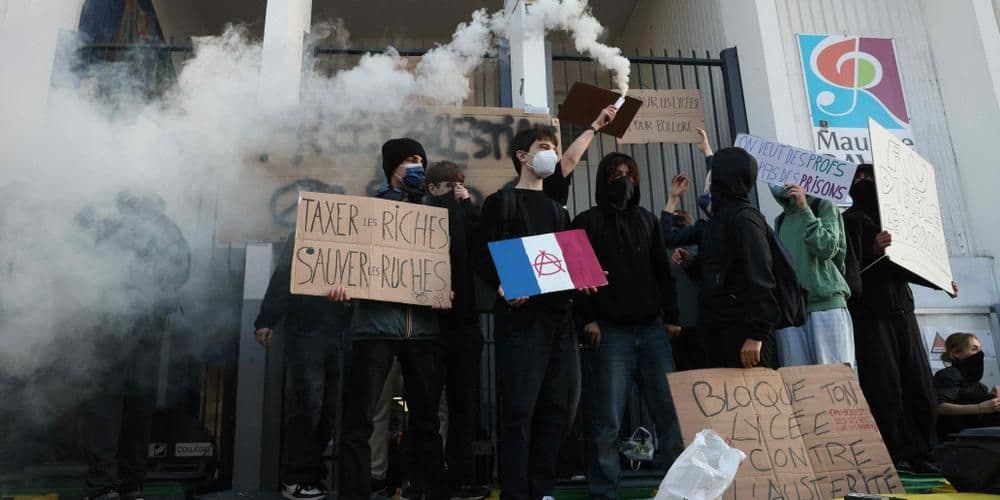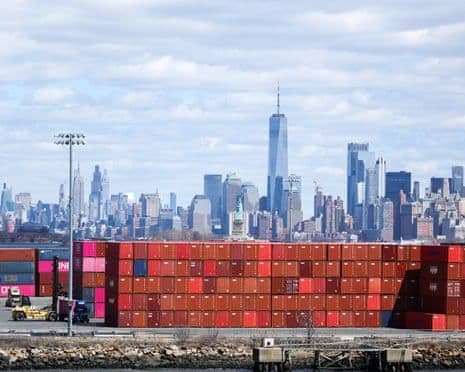The Ink Dries, The Debate Rages: Promulgation's Paradox in Modern Governance
Explore why law promulgation is more than a formality. Discover its hidden political weight, how executive power navigates dissent, and the true impact of a presidential signature on contentious legislation.
The Final Act: Demystifying Promulgation
For many, the promulgation of a law might seem like a mere administrative footnote, a quiet formality after the thunderous debates in parliament have subsided. Yet, to dismiss it as such is to overlook a pivotal moment in the life cycle of legislation. Promulgation, in essence, is the formal act by which a head of state, typically a president or monarch, officially declares a bill to be law, making it enforceable. It’s the presidential pen stroke that breathes legal life into legislative text, often followed swiftly by publication in an official gazette. But this 'final act' is anything but passive. Consider the recent saga of , named after Senator . Adopted in parliament with cross-party support, it became a flashpoint, particularly for its highly contentious provision aiming to reintroduce acetamiprid, a banned neonicotinoid pesticide. President 's decision to promulgate this law, even after significant public outcry and partial constitutional censure, powerfully illustrates that promulgation is not just a procedural step; it’s a profound political statement, laden with executive authority and democratic implications.
The Constitutional Crucible: Shaping Laws Before They Live
Before any bill can reach the head of state's desk for promulgation, it often undergoes a rigorous, sometimes bruising, examination within what we might call the 'constitutional crucible.' This vital stage involves an independent body, like (colloquially known as 'the Sages'), scrutinizing the proposed law against the nation's foundational legal principles. Their role isn't to debate policy, but to ensure the legislative text aligns with the constitution and its enshrined rights. The Duplomb Law provides a stark example of this pre-promulgation gauntlet. On August 7th, the Constitutional Council notably censored the most controversial part of the bill – the reintroduction of acetamiprid. They ruled it contrary to the 'framework defined by its jurisprudence, deriving from the Environmental Charter,' a crucial component of 'bloc de constitutionnalité' since 2005. This partial censure demonstrated the Council's power to shape legislation, forcing a re-evaluation of the text and preventing certain provisions from ever becoming law, even if passed by parliament. It’s a powerful check, ensuring that even widely supported legislation adheres to the higher law of the land.

When the Public Speaks: Navigating Dissent and Executive Power
The path to promulgation is rarely smooth, especially when a proposed law ignites public passion. In modern democracies, the voice of the citizenry, amplified through protests, petitions, and scientific warnings, forms a significant, albeit informal, check on legislative and executive power. The Duplomb Law was a textbook case of this dynamic. Despite its parliamentary passage, it triggered a massive wave of public protest, drawing concern from the scientific community and culminating in a petition that garnered over 2.1 million signatures demanding its abrogation. This level of popular opposition presents a unique challenge to a head of state contemplating promulgation. Does the executive yield to widespread public sentiment, or does it uphold the legislative will as expressed by parliament? In this instance, President swiftly declared his intention to promulgate the Duplomb Law just minutes after the Constitutional Council's decision, explicitly ruling out any further parliamentary deliberation. This move underscored a president asserting executive prerogative even in the face of significant public dissent and a partial constitutional rebuke, highlighting the complex interplay between direct democracy, representative government, and executive authority.

The Unseen Gravity of the Presidential Pen Stroke
Beneath the apparent simplicity of a signature lies a profound weight, a decision that can reverberate through the political landscape. The act of promulgation, especially when controversial, transforms from a bureaucratic formality into a potent symbol of executive resolve. When a president, like with the Duplomb Law, chooses to sign a bill into law despite widespread public opposition and a partial constitutional invalidation, it sends a clear message. It signals a prioritization of legislative outcomes, as shaped by the government and its allies, over the clamor of popular protest or the potential for further political negotiation. This pen stroke marks the definitive end of the legislative process and the beginning of the law's practical application. It's a moment where executive power fully embraces a policy, taking ownership of its consequences. This decision isn't merely administrative; it’s deeply political, reflecting the head of state's strategic assessment of their mandate, their relationship with the legislature, and their stance on public sentiment. The gravity of this act lies in its finality, translating parliamentary debate into binding legal reality.

Beyond the Official Gazette: The Law's Living Legacy
The moment a law is promulgated and published in the official gazette, it transcends its legislative origins and begins a new, often unpredictable, life as a living instrument of governance. Its journey doesn't end with the ink drying; rather, it shifts from the legislative chambers to the courts, the agencies, and the daily lives of citizens. The Duplomb Law, now formally enacted, will continue to be a subject of intense scrutiny and debate. Its initial controversy, rooted in environmental concerns and economic interests, is unlikely to simply vanish. Instead, the law's implementation, its impact on agriculture, public health, and the environment, will be closely watched and, no doubt, challenged. This ongoing dialogue, often framed as the 'eternal conflict between the citizen and the consumer,' or between environmental protection and economic expediency, is the law's true legacy. Promulgation, then, is not just a conclusion but a fresh beginning for legal and political contention. It is the point where the abstract becomes concrete, and the theoretical impacts of legislation begin to unfold, shaping society and sparking further discussions about a nation's democratic health and the balance of its powers.
Related Articles

Manufacturing Non-Events: The Strategic Erasure of France's Mass Protests

Manufacturing Non-Events: The Strategic Erasure of France's Mass Protests

From Sarkozy's Protege to Macron's Linchpin: Lecornu's Precarious Dance with Power

From Sarkozy's Protege to Macron's Linchpin: Lecornu's Precarious Dance with Power

Election Day's Quiet Command: CNE's Mandate in a Media-Saturated Era

Election Day's Quiet Command: CNE's Mandate in a Media-Saturated Era

The Imperial Presidency vs. The Gavel: Unraveling Trump's Tariff Tangle
